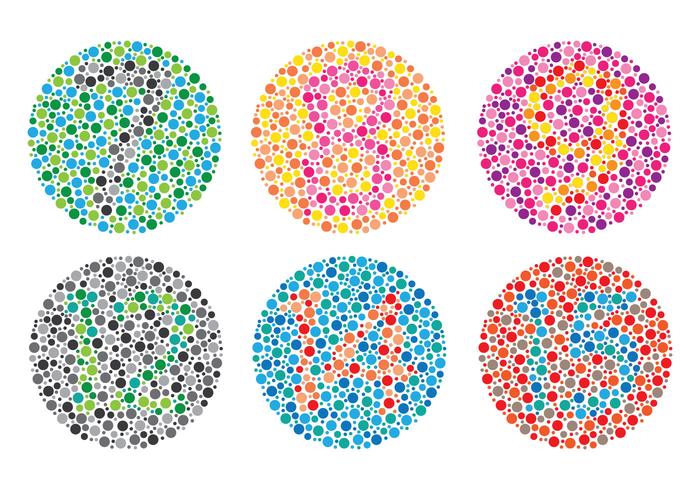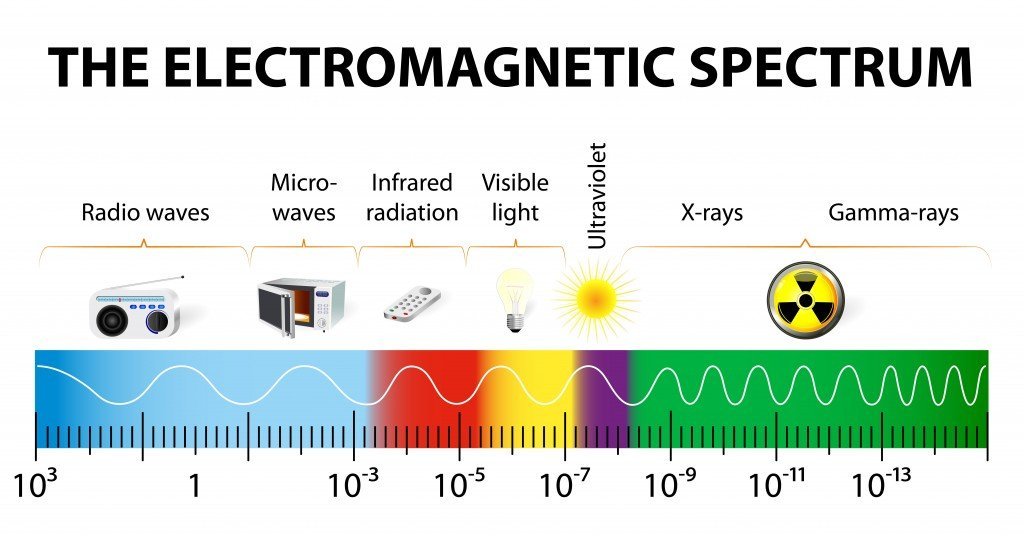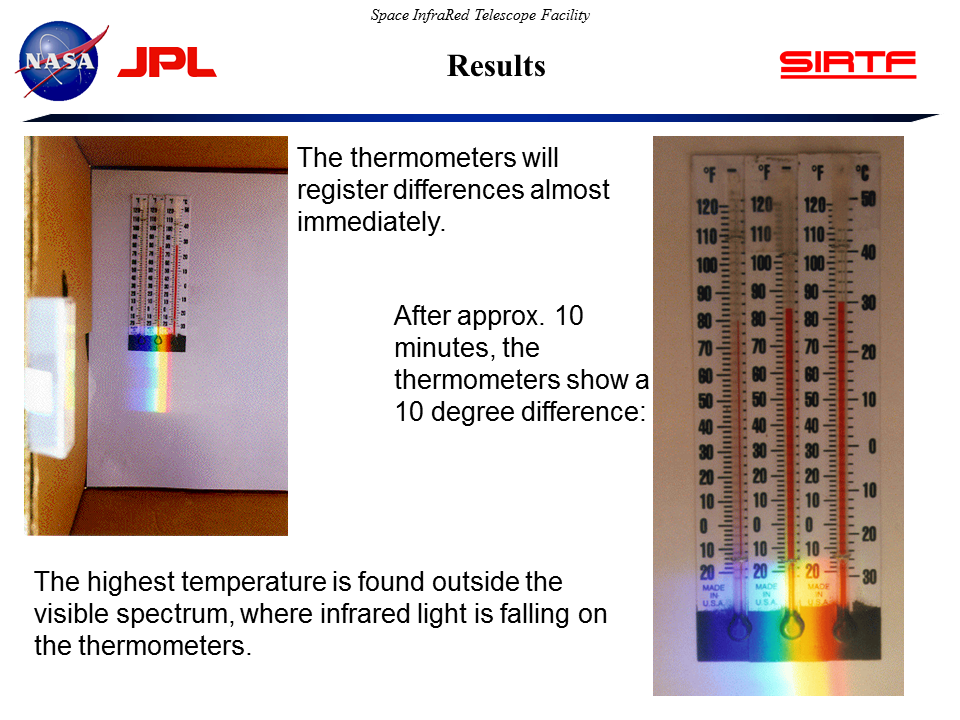Ben
Human eyes allow people to see visible light in wavelengths from approximately 390 to 750 nanometers (nm)
...so to answer your question w/ out an electronic device it is not possible for people in a garden to see the world exactly as insects do

what I also might suggest (for a basic really low cost science lesson about filtering out wavelengths) is take a piece of red and green cellophane and look (once again) at the image to test for color blindness
https://www.amazon.com/Cellophane-Holiday-Colorful-Christmas-Transparent/dp/B07ZS4LLSK/
what also might be dramatic classroom demonstration is have a red rose stem w/ a few green leaves on hand and have the students look at the rose alone, then with a red then green cellophane in front of the rose
object lesson here being a red rose flower with a green stem and green leaves as viewed w/ a piece of green cellophane in front will kinda blend in the green rose stem and green leaves BUT the red rose flower will stand out
science demonstrations don't have to be elaborate or expensive BUT IMHO they do have show something dramatic AND hopefully get students to think critically
for example going a bit further, if kids in a garden have a garden hose AND they have their backs to the sun, it is possible to make a rainbow (which people can see but insects can't)
https://www.youtube.com/watch?v=KbSHMpP8DxU
https://www.youtube.com/watch?v=HLChkxfSUhI
thought I'd mention this specifically because what I've notice looking at past posts about garden education is the lack of teaching the fundamentals which can be built upon, for further course study at the university level
for example looking at past "school garden support organization" there was a post about a conference here in San Diego which had a collection of speakers presenting various subjects that could be taught in a garden classroom setting
https://groups.google.com/g/school-garden-network/c/lvyFGFACeHk
as I see things once kids at sharman elementary move on to middle school (after the 5th grade) they could build upon a visible rainbow garden demonstration to study the "em spectrum"

for example if memory serves in middle school or thereabouts I learned using a prism
https://www.amazon.com/Crystal-Meditation-Globe-Optical-Triangular/dp/B07CN5W3Y5/
that there are wavelengths (specifically the near infrared-red region) that a simple thermometer can detect subtle differences of BUT that human eyes cannot see (i.e. the Herschel Experiment)

https://www.youtube.com/watch?v=-JdhySH2PMc
point being, basic understanding of "infrared" which people can't see with their eyes but can been seen by insects AND FLIR thermal image cameras
https://www.youtube.com/watch?v=MpCMHnH2iGA
is allowing scientists to look at the universe in a whole new way using the recently launched and put into operation James Webb telescope
https://www.nasa.gov/mission_pages/webb/main/index.html
A study in San Diego asked if people could identify the scientific reason why climate change is happening
The findings sadly no one could correctly answer the question
Make science in America great again
Hi Ben,This year, we are hoping to ramp up the science component of our garden-based instruction.I was watching this video about adapting cameras with filters to enable seeing patterns that flowers use to attract pollinators.Do you know if there's a way to "see" the patterns without a camera, but with a different type of technology? Maybe glasses or something that filters out the visual spectrum?Hope you are doing well and thanks for any ideas you have.--Christina AbueloSherman Elementary School Garden & Barrio Botany*´¨)
¸.·´¸.·*´¨) ¸.·*¨)
(¸.·´ (¸.·´ Cultivating Healthy, Happy, Nature-Connected Kids
